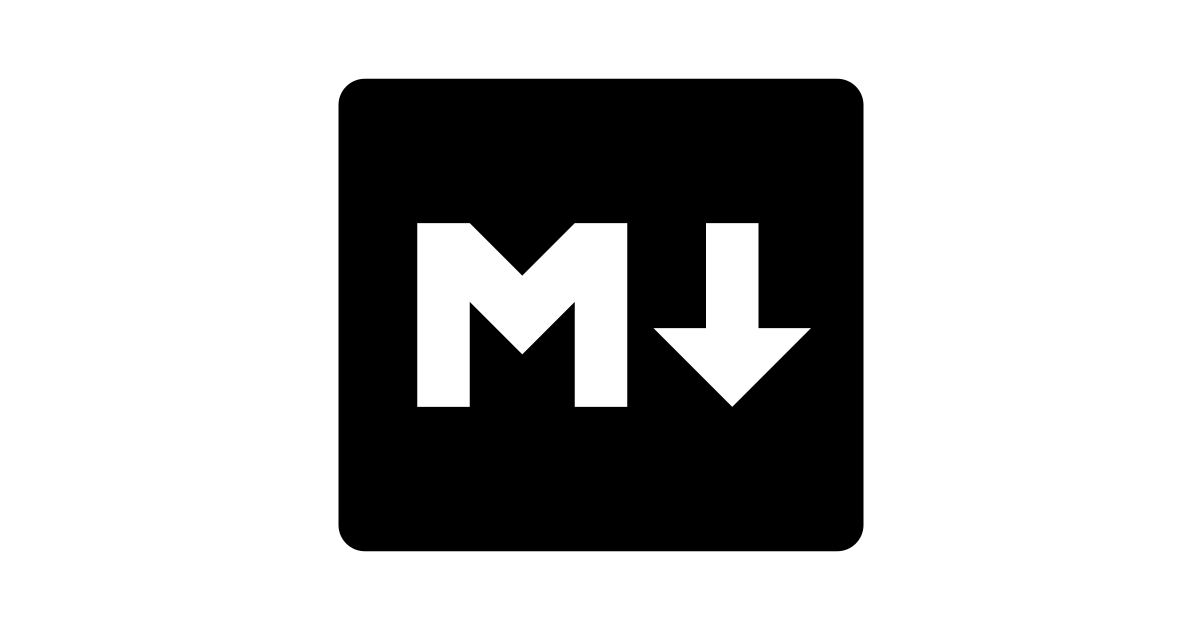Five Basic Syntax You Should Know in Markdown:
 That Ikorodu Designer
That Ikorodu Designer
Overview:
- Introduction to Markdown
- Why Markdown is the perfect choice for Article Writing
- Essential Syntax Elements in Markdown
Introduction to Markdown:
In this digital Age, we experience a constant change in every activity. The advent of writing tools like markdown has caused the dawn of a new age in article writing. This begs the question?
What is markdown?
Markdown is a simplified markup language used for formatting plain text documents. It was created to make it easy for users to write and format content for the web. It emerged from the need for simpler markup languages, unlike the already existing ones like HTML. In Markdown, you use simple and intuitive symbols like asterisks (*) or underscores (_) to indicate formatting elements such as headers, and lists which we will be giving a deeper meaning later in the article. It's widely used for creating web content, documentation, and other text-based documents.
Why should Markdown be your top choice when it comes to article writing:
I believe you are undoubtedly familiar with other existing editing tools for article writing. This might come as a surprise that Markdown is the preferred or go-to choice for article writing. My reasons for this will be stated below:
Ease of use: In a markdown project made by John Gruber; he stated clearly “Markdown is intended to be as easy-to-read and easy-to-write as is feasible”. This is one of the biggest edge Markdown has over other markup languages. With not-so-confusing syntax unlike HTML, relying on straightforward symbols like (#) to denote H1 headings."
Accessibility: It helps anyone write and create web pages with no knowledge of HTML. It uses very basic formatting syntax to achieve what HTML or rich document formatting does but in a simple manner.
Readability: Markdown, even as a markup language, in its raw form, remains highly readable. This further helps in collaboration. In simple words, Markdown doesn't need you to deal with messy HTML tags and brackets.
HTML integration: This is another amazing advantage Markdown has it allows for the integration of inline code or code blocks with simple syntax like (``). This is a great advantage for technical writers who require the use of code in explanation in their articles.
Speed and efficiency: Markdown allows for easy formatting on the spot and this increases speed and efficiency for technical writers, content writers, and writers in general
Widespread Adoption: This is the last but not least. Markdown is accessible on numerous platforms and can be found almost everywhere meaning you don’t have to worry about a particular website not supporting markdown
Essential Syntax Elements in Markdown:
Here I will be giving a proper breakdown of five essential syntaxes in Markdown:
- Heading: If you are familiar with HTML, you are likely familiar with heading tags like H1, H2 H3. IN Markdown it is similar yet completely different. There are six heading levels in markdown. In HTML, where H1 represents the largest heading in terms of size, it is represented by a single hashtag (#) in Markdown. As you move to lower heading levels, such as H2 in HTML, Markdown employs two hashtags (##) to define it.
heading 1 #1heading 2 ## h2 Emphasis (bold and italicized): In a situation where you need to highlight a specific word or text in your writing. Markdown offers simple and effective syntaxes like bold and italics.
To make text bold in Markdown enclosing it with two asterisks beside the word. To italicize text, surround it with a single asterisk.**bold text***italicize*The very essence of Markdown is simplicity which makes it perfect for beginners.Lists: In markdown, lists are a straightforward process, unlike HTML. There are two types of lists:
- Ordered list: An ordered list is simply a list that follows a numerical order. For example, the list could be numbered 1-10. To create an ordered list in Markdown, write as follows:
1. first list2. second list Unordered list: This list is mostly categorized by bullet points. It is list does not necessarily need to follow a specific order. To create an unordered list in markdown, add a hyphen in front of each item:
-first list-second listCode: As previously mentioned, Markdown enables you to incorporate code into your articles. To input a single line of code, simply enclose it within backticks (
code). In cases where you need to include multiple lines of code, simply increase by enclosing the entire block within triple backticks (```).Horizontal Line: I see the horizontal line as beautification as it allows the separating of a text in a structured and concise manner but putting a line horizontally.
it is represented in Markdown as (---).
We have finally come to the end of this robust and knowledge-filled article which gave you insight into the Meaning and basic syntax of Markdown but I will put out a reminder there are so many more syntaxes like images, links, tables, and many more so for more resource make sure to click this link:
Subscribe to my newsletter
Read articles from That Ikorodu Designer directly inside your inbox. Subscribe to the newsletter, and don't miss out.
Written by
